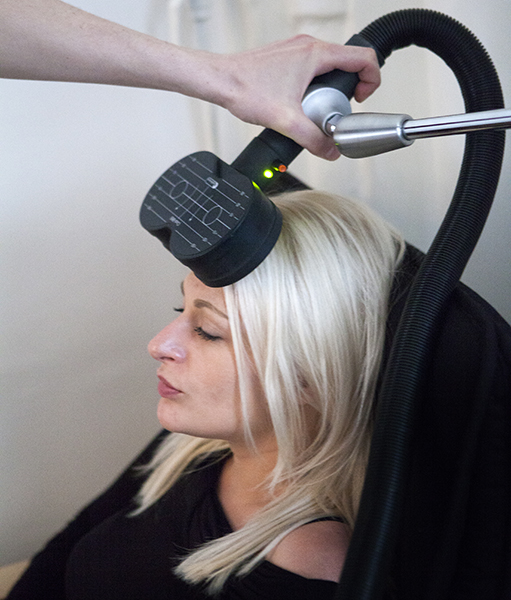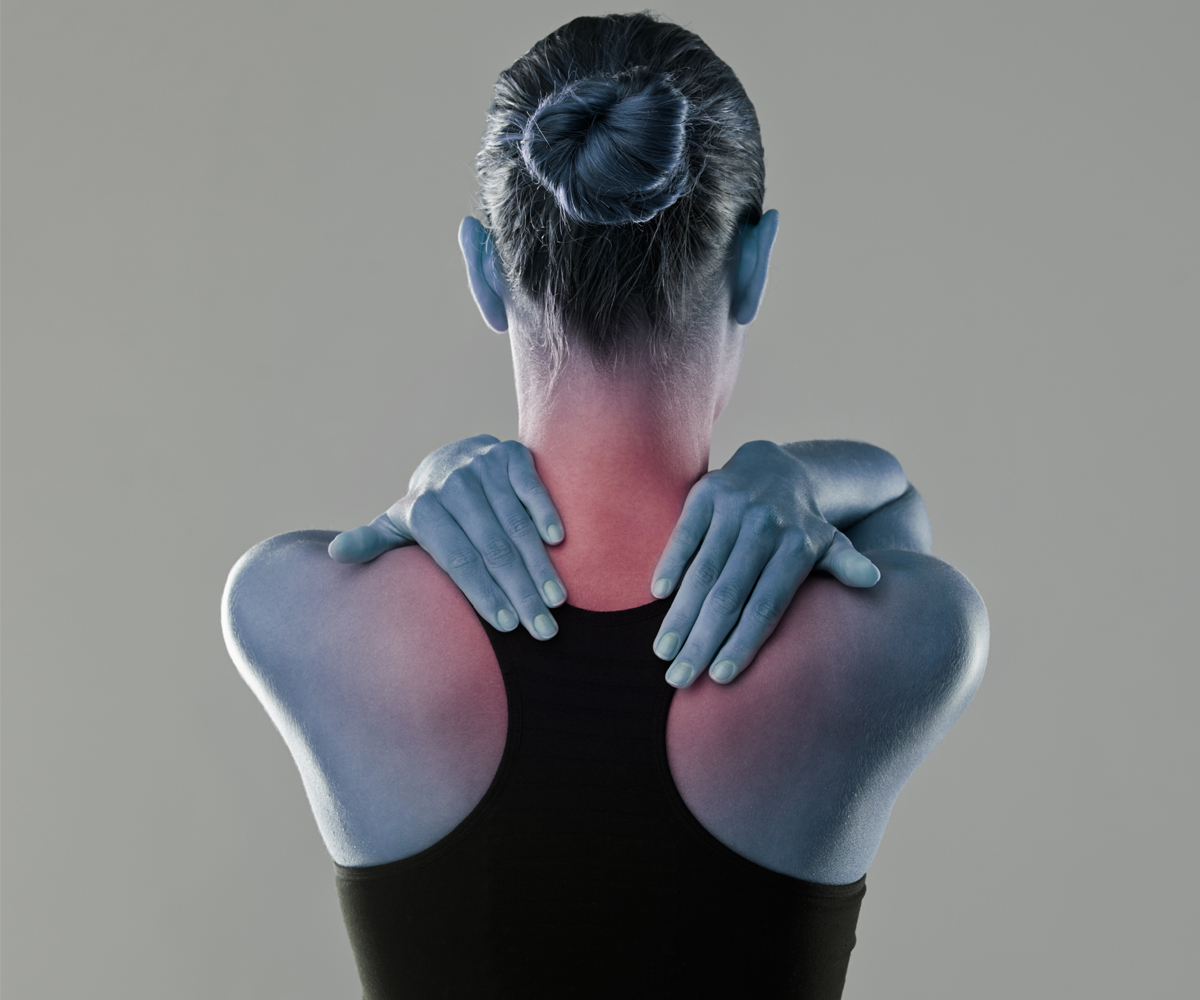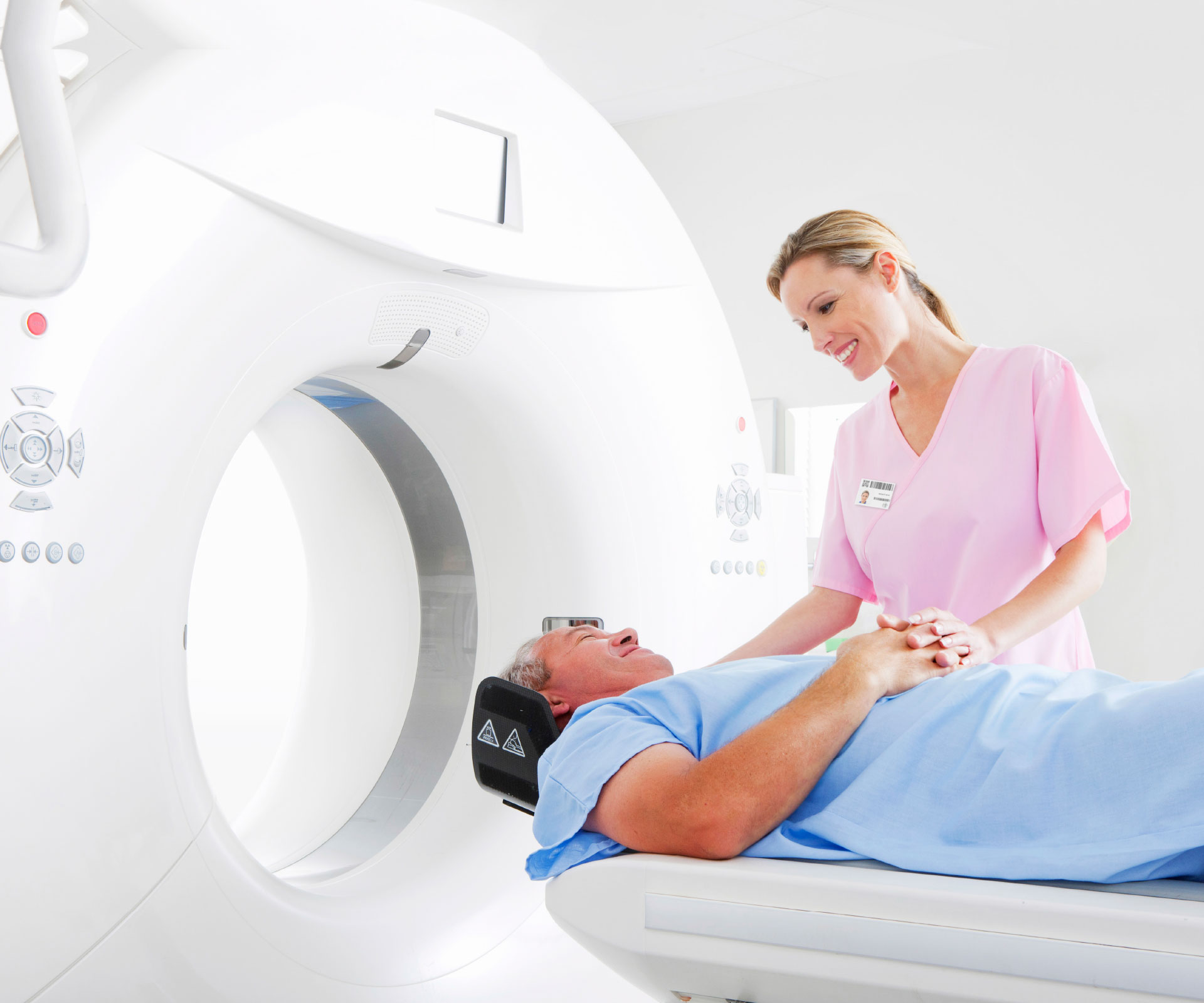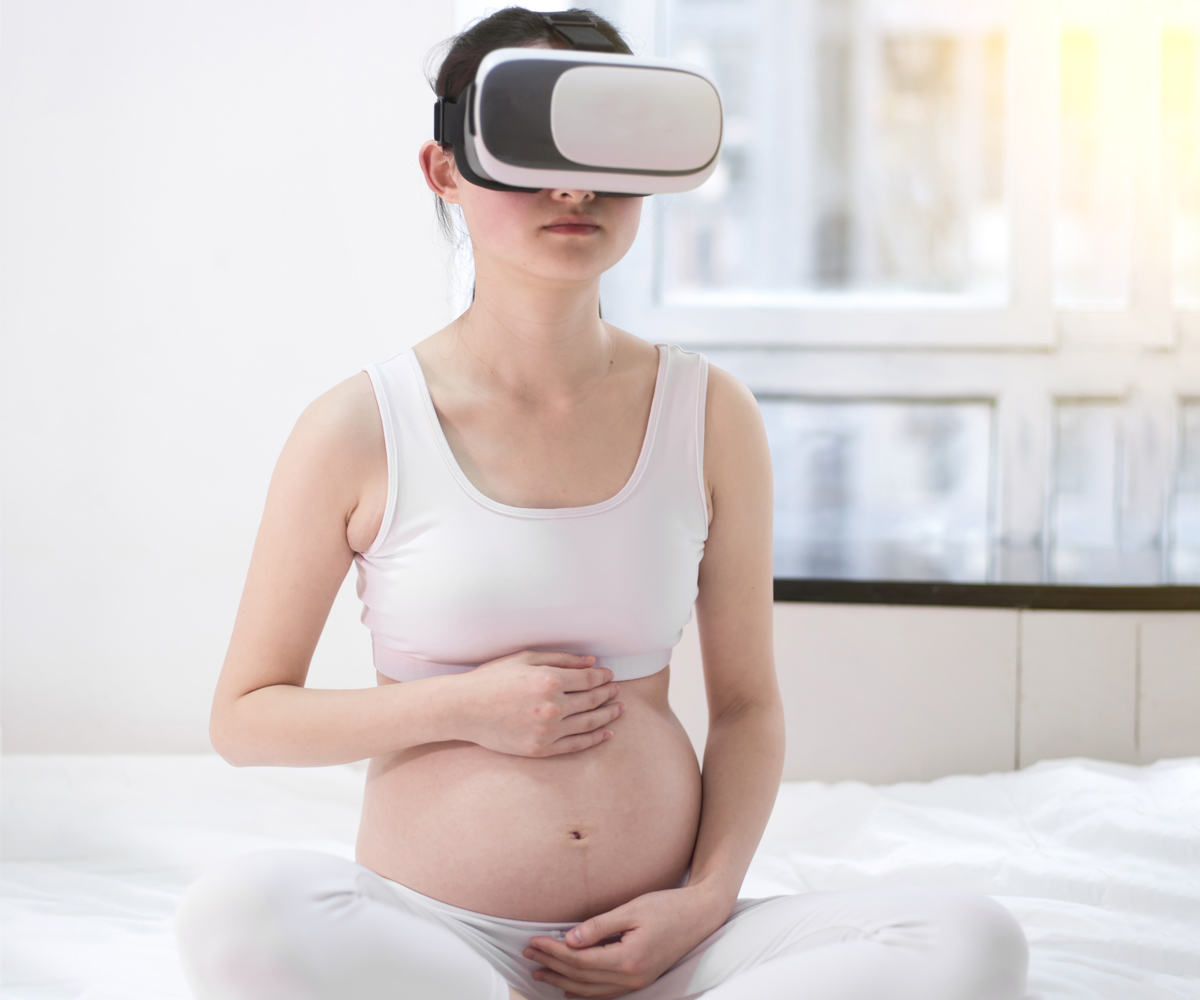Magnetic field therapy involves using magnets to treat specific conditions or boost overall health.
The BBC says global sales of therapeutic magnets are estimated to be at least $1 billion a year, and according to a report by New York University’s Langone Medical Centre, the practice has been around for thousands of years.
Some healers in Europe and Asia are understood to have believed magnets could draw disease from the body.
Today, some think they can alter a person’s bioenergetic fields, which are defined by the American Congress of Obstetricians & Gynaecologists as “energy fields that purportedly surround and penetrate the human body”.

Magnetic field therapy assumes certain problems occur because our bioenergetic fields are out of balance. There are three types of treatment:
Static magnetic field therapy is where a magnet touches the skin via a bracelet or another magnetised item, such as a bandage, shoe insole or mattress pad.
Electrically charged magnetic therapy (electromagnetic therapy) involves magnets that have an electric charge and treatment is through an electric pulse.
Magnetic therapy with acupuncture sees magnets placed on the same areas of the body that an acupuncturist would focus on in an acupuncture session involving needles, also referred to as ‘energy pathways’ or ‘channels’.
A bioenergetic field may be referred to as ‘life force’, ‘chi’ or ‘energy flow’ and some say it can be manipulated to treat illness or injury.
Some companies that sell therapeutic magnets claim they can help to increase blood flow to the area of the body where the static device is worn (because blood contains iron, and magnets attract iron), helping tissue heal faster.
Others say that this is a dubious claim, since the iron in blood is bound to haemoglobin and not ferromagnetic (the kind of magnetism that keeps magnets on a refrigerator).
Although it’s also implicated for use for issues such as wound healing and insomnia, most magnetic field therapy is offered as a treatment option for pain, with scientists studying its efficacy for conditions such as arthritis, headaches and fibromyalgia.
What the studies say…

Many therapeutic static magnets sold to ease aches and pains have magnetic fields that are considered too weak to penetrate our skin. (This can be tested by observing the weak interaction between a magnetic shoe insert and a paperclip when separated by a sock; human skin is thicker than most socks.)
Studies have so far failed to show the effectiveness of using such magnets to treat pain or joint and muscle stiffness.
A review published in 2007 in the Canadian Medical Association Journal discussed several studies on static magnets, and while some smaller studies in the review reported therapeutic value, larger ones did not.
The researchers concluded: “The evidence does not support the use of static magnets for pain relief, and therefore magnets cannot be recommended as an effective treatment.”
On the flipside, a 1997 study from Baylor College of Medicine in Texas, reported “significant and prompt relief of pain in post-polio subjects” through the use of a 300-500 gauss magnet (about 10 times stronger than a fridge magnet) for 45 minutes on the affected area of 50 patients experiencing pain.
But the study was both small and controversial in that the two doctors who conducted it reported they’d used magnets for their own knee pain prior to the study.
In 2006, a closer look was taken at the science behind therapeutic magnets in an article in the British Medical Journal. The authors reviewed the literature on the effectiveness of commercially available therapeutic magnets used to treat a range of ailments and found no evidence they work.
Similarly, the website for the National Centre for Complementary and Integrative Health in Maryland has stated “scientific evidence does not support the use of magnets for pain relief” and that no evidence exists to support the use of magnets in the treatment of conditions like fibromyalgia.
More positive studies that have been conducted to date don’t have enough data to draw a solid conclusion from, though some clinical trials have shown potential for magnetic field therapy as a treatment for back pain.
For the most part, however, there’s no clear ‘proof’ that it’s effective.
TMS – A whole new field
Professor of clinical neuroscience Cathy Stinear (University of Auckland) is researching transcranial magnetic stimulation (TMS), a non-invasive treatment that uses magnetic fields to stimulate nerve cells in the brain.

What’s the difference between magnet therapy such as the use of static magnets, and TMS?
Magnets are the things that will stick to your fridge, so they’re a static magnetic field and a very weak one, whereas TMS produces a very brief magnetic field.
Because it’s rapidly changing and comes on and then goes off, it can activate muscle and nerve cells in the body. A static field won’t do that.
If you took a magnet off your fridge and put it on your arm or over your head, for example, nothing’s going to happen, whereas with TMS, it’s the dynamic magnetic field that will cause those electrically active cells to fire.
There’s a ton of research on TMS, which can be very effective in the treatment of depression, for example. It’s commonly used in the Western world for research and in clinical practice.
Repetitive TMS is where you deliver lots of these quite weak magnetic stimuli over the course of a few minutes.
It’s an FDA-approved treatment for depression and used extensively in the US. [In New Zealand, it’s only available in certain academic medical centres.]
How exactly does TMS help people who are suffering from depression?
Repetitive TMS involves a series of weak stimuli delivered over a part of the brain, near the front, to change its activity levels. Simply put, we think that helps to positively influence the network of brain areas that are responsible for the way we think and feel.
This approach is effective if people do two to three weeks of daily treatment. It’s a commitment on the part of the person who wants to take this approach and has to be done under medical supervision.
It’s not the sort of thing you can do yourself at home, but it is an option for people who aren’t getting results from more obvious treatment choices, such as talk therapy and medication.
What’s really good about TMS is that it’s quite unlike electric compulsive therapy (ECT) for depression; that’s quite an intense experience and people can’t drive after it, for example, so it’s quite disruptive.
The nice thing about the TMS approach is that it’s safe, it’s painless, you’re awake, and you can just carry on with your day afterwards, so there are several advantages – it’s a much kinder therapy.
What would your advice be to anyone considering trying magnet therapy?
There’s a big difference between using dynamic TMS for depression and static magnets for arthritic pain – they’re two completely different things.
Lots of research has been done on the dynamic TMS approach, and as well as being a useful treatment for depression, it’s been found to be a useful prognostic tool and can be applied to other things; there’s a whole range of conditions that are being researched.
Tell us about your work with TMS around recovery and rehab after stroke…
We’re using TMS as a prognostic tool. We don’t need it for diagnosis because we know the person’s had a stroke – what we can use it for is prognosis, by testing the movement pathways in the brain and nervous system.
If they are still working after a stroke, that’s a better prognosis for the recovery of movement than if those pathways had been so severely damaged that they no longer work, so it’s a very valuable test.




